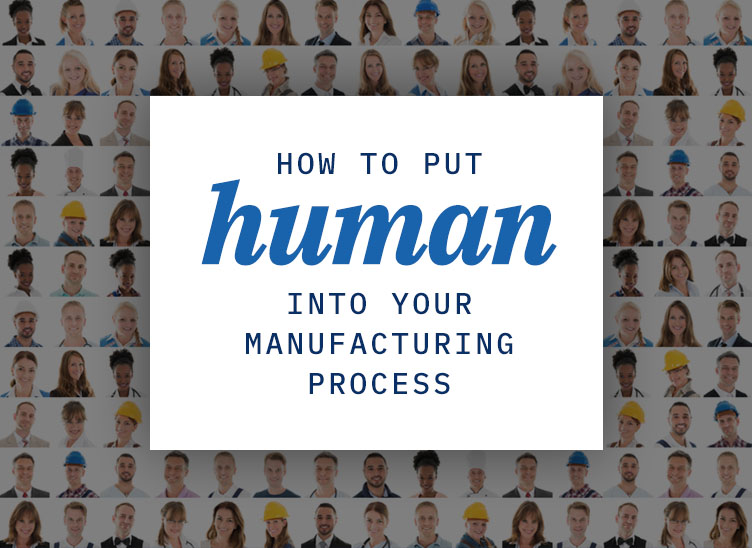
How to Put Human into Your Manufacturing Process
As a rubber and plastic manufacturer, we see that in manufacturing, it seems that the human-factor is disappearing when you look from the outside. It is easy to make that assumption when you think about all the machines, software, and automation that is currently there, as well as the innovation that is ongoing. However, there is a large human part of this industry that cannot be replaced.
Today, consumers are looking for a more personalized and efficient process for manufactured goods like custom rubber molding and other products. These emphasize an experience that focuses on the one-on-one approach to products and processes to create individual requirements. Some of the most common tools available to manufacturers today are:
- Computers and Digital Tracking Equipment
- Design Software
- Global networking
Each of these tools helps manufacturers get a better glimpse at their company, customer, and ability to improve their business. Here is a bit more about each tool and how it benefits the process.
Computers and Digital Tracking Equipment
The biggest advantage to using computers and digital equipment is that they speed up processes. From designing products on the computer to inputting the tasks into the equipment, workers always know where they are in the process. It saves work and keeps tasks on schedule. This streamlines the work all through the manufacturing line and through the supply chain.
Design Software
With the improvements of computers and digital tracking equipment, software to increase design abilities was close behind. Manufacturing has the designing ability for finding flaws faster and cutting down time creating prototypes.
Global Networking
The internet has made the world smaller for everyone, including companies doing business. With all the shipping and correspondence given through the web, companies have a more global presence. This allows people to create markets for customers who want improved products.
As great as these tools are, there is no way for humans to ever be completely replaced. The interaction required to use them and improve a business requires a person who can work autonomously and think critically. Many people have looked at manufacturing and assumed it would only be a matter of time before humans are replaced entirely in this industry, but that just isn’t true. Humans are required for multiple areas here. That doesn’t mean that their roles will not change because they must.
The Company’s Responsibility
The main responsibility that companies have is to put the message forward, letting others know where the benefits of technology come into manufacturing. Thoroughly explaining the transformations required in their processes helps to convey the importance to their workers. People are a necessary component in this process, meaning that they can make or break the process.
After education, the most important thing to do is to work on morale. A company that has workers with high morale will have employees who are willing to learn new processes, improve techniques, and want to help improve the company. Tools need to be utilized to their full potential, but it does no good without a knowledgeable user.
While these tools are helpful, they cannot replace the human aspect. Humans are required to engage teams, innovate processes, and interpret information to act. The whole point of technology is not to replace humans, but to bring them to the front and center of manufacturing. It is only humans who can create the experiences, quality, and professional aspects to manufacturing for customers and employees. The industry of tomorrow will be one that makes life more interesting and creative for those who need it.
